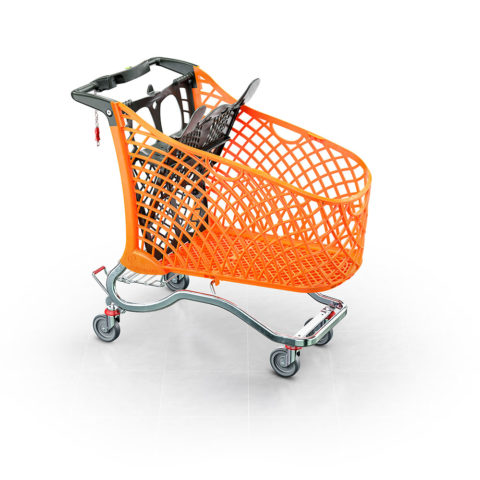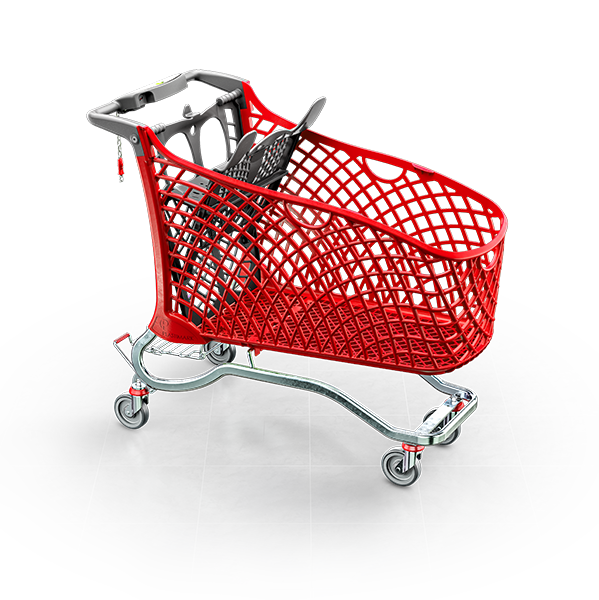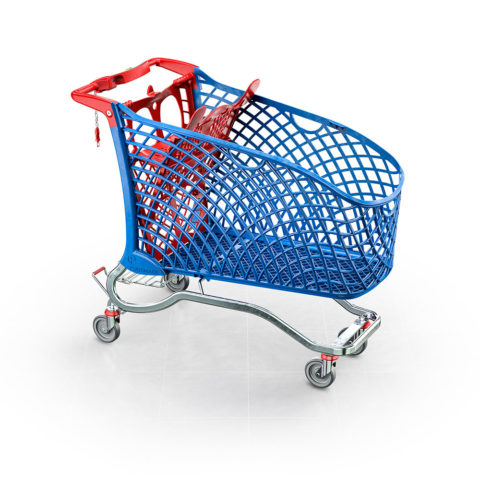Hybrid trolleys
For markets characterised by heavy loads, big tournover and large sales areas, the HYBRID line is capable of optimally fulfilling these specific needs, combining respect for its origins and values with innovation and research, for the sake of high performance and reliability over a period of time.
In HYBRID, the metal frame combines in an especially elegant and functional manner with the versatility, design and technology offered by basket and handle in plastic material.
Showing all 3 results


